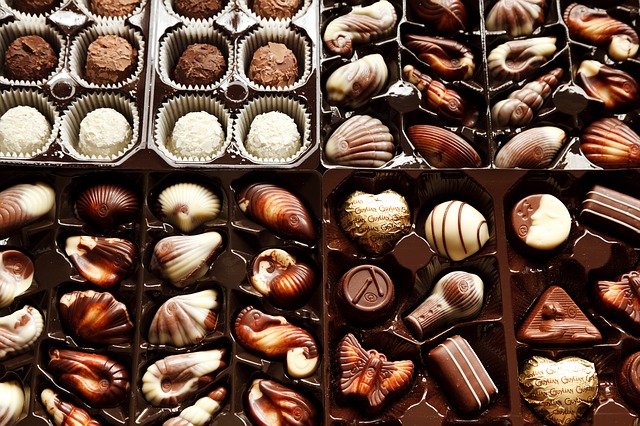In Love with the Cocoa? You May be in Trouble
By Jamie Leventhal
Get ready Northwestern: your hot cookie bar and late-night chocolate binges could be in trouble.
Two of the biggest chocolate manufacturers in the world, Mars, Inc. and Barry Callebaut, announced in their 2014 annual reports that there will be massive worldwide deficits in chocolate in the next decade. Studies estimate that by 2020, the global cocoa deficit could reach one million metric tons and climb to two million by 2030. These deficits mean chocolate will be rising in price but lowering in quality over the coming years.
Stifled cacao bean growth will soon lead to smaller supplies for chocolate manufacturers. The World Cocoa Foundation reports that West Africa, which produces 70 percent of the world’s cocoa beans, has been hit with an intense series of droughts. Additionally, a debilitating fungal disease for cocoa trees, called frosty pod, has killed off many existing crops and pushed farmers to plant more successful produce like corn. According to the International Cocoa Organization, between 30 to 40 percent of global cocoa production has already been wiped out.
Consumer patterns have also been changing, bringing greater demand to a dwindling supply. A recent rise in demand for chocolate in China and India has put a huge strain on the world chocolate market, according to market research firm Euromonitor International. But Europeans still remain the largest chocolate consumers in the world, with each person gobbling up an average of 17 pounds of the sweet confection per year.
Changing tastes have also contributed to an increased demand for cacao beans. Consumers are purchasing more dark chocolate, according to Euromonitor, meaning more cacao goes into each product. James Seymour, a freshman in the Bienen School of Music, thinks that the world’s newfound love of darker chocolate could be due to society’s healthier attitude.
“Dark chocolate is healthier than milk chocolate. It's good for your heart,” Seymour said.
All these factors mean you’ll likely be paying more for artificial chocolate. Bloomberg’s Mark Schatzker says that manufacturers will try substituting raw materials like cocoa butter with imitation products like vegetable fat or palm oil. Research by Mintec, an independent source of pricing information for raw goods, estimates that cocoa butter’s price has risen 63 percent in the past 20 months, so the substitution could be a cheaper alternative, but it may not taste like the traditional chocolate you’ve come to know and love.
But not all hope is lost. Schatzker says scientists in Central America are developing a new strain of cacao trees, which can grow seven times more beans than traditional trees. These efforts could show promise, but some predict that with a different strain, chocolate’s taste will become duller, like the mass-produced fruits and vegetables on grocery shelves.
The cocoa deficit won’t hit hard for another several years, but if you’re not one to take chances, those leftover Valentine’s Day sales are coming up. We’ll see you there.
[fbshare type="button"] [twitter style="horizontal" float="left"]


